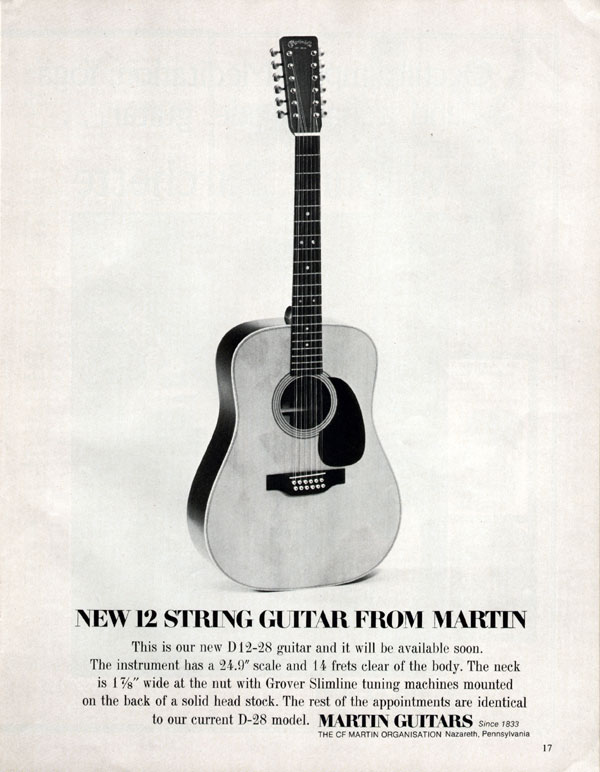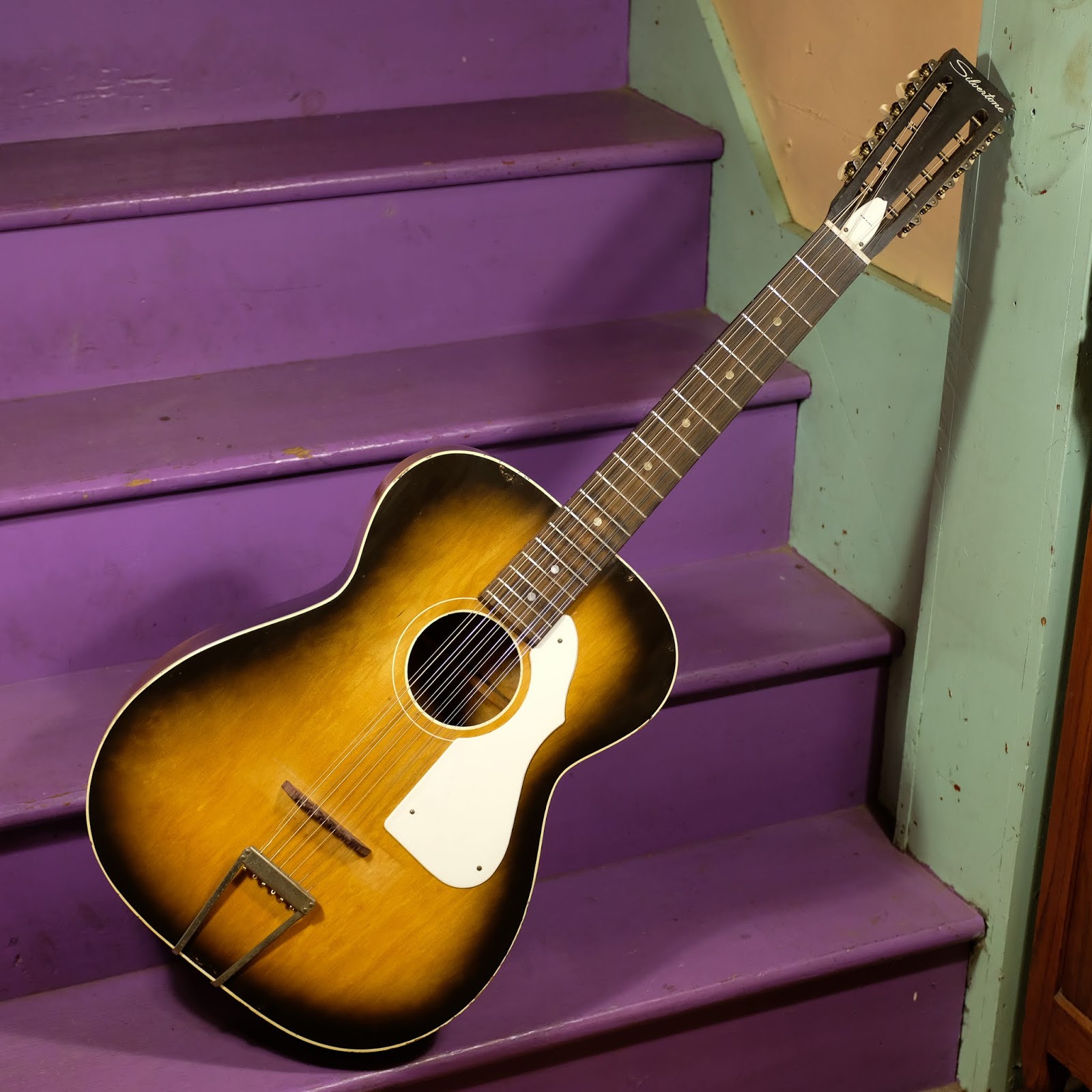- How To Identify Old Silvertone Radios | Our Pastimes
- Mesa Serial# Dating???
- Silvertone Clarinet Serial Numbers
1/ Harmony FTAC w/OHSC E $281 Very nice example of one of the last Silvertone branded guitars, quite a modern bridge, very nice case, serial # 4479H1220 1/ Harmony SSEG G $350 Logo missing, pickguard cracked / very visible repair, major buckle rash, jack area repair, pot codes date to 34th week of 1959. Serial Number Assignment 3rd series 5oz ingot produced by SilverTowne. Demonstrates a plain reverse with serial number assignment and is the most narrow of all three series. Estimated serial run of 9 with a 4,000+ gap of unassigned serial numbers between 24264 and 28405. 1/ Harmony FTAC w/OHSC E $281 Very nice example of one of the last Silvertone branded guitars, quite a modern bridge, very nice case, serial # 4479H1220 1/ Harmony SSEG G $350 Logo missing, pickguard cracked / very visible repair, major buckle rash, jack area repair, pot codes date to 34th week of 1959. Recently got a nice silvertone 31 from a good friend - As far as I know the '14560' is the serial number, that would be the month/date/year in there, and i am guessing by what i found on the internet this is a 1960 guitar, and then last 3 numbers would indicate how many they made that year, well if mine is '001' I think mine is the 1st one made that year?
Silvertone - Japan Made Models

(Written by Jimmy Noise / June 2012)
Silvertone was a brand developed by Sears Roebuck Company in theearly 30’s.The Silvertone brand replacedthe Supertone brand on musical instruments sold by Sears.
This sight will focus on electric guitars made in
There were two logos used on Silvertone guitars. The first onebeing the word Silvertone painted on the headstock in a thin line. The painthad no clear coat over it and often has rubbed off over the years. Great careshould be taken when cleaning these guitars as to not remove the logo.The logo was the same design as used on otherSilvertone models made in the
How To Identify Old Silvertone Radios | Our Pastimes
Guitars manufactured after 1965 got a newly designed logo. It’sunknown who designed the new logo, but the new logo was only used on the Teiscoimported guitars by WMI.
Around 1969 imported guitars sold by Sears began to have the new around silver disc. This marked the end of the Silvertone brand on Sears’sguitars. These guitars were supplied by various manufactures in
Models Supplied byWestheimer Sales Co.
Westheimer Sales was probably the first importer to supply importguitars to Silvertone. It’s assumed that a lot of these would have beenacoustic guitars. However they may have supplied some of the early builtTeiscos as well. It is unclear what actually happened because around the sametime Teisco was in the process of changing distributors in the
Models Supplied by WMICorporation– (Teisco)
WMI Corporation became the exclusive importer of Teisco builtguitars in 1965. They supplied Teisco guitars to Silvertone during the mid1960’s. The models supplied were either similar or exact models that were soldunder the Teisco brand. The modifications were often slight, but enough to beable to identify a guitar as being either a Silvertone or a Teisco brandedguitar.

The models shown below were built by Teisco and supplied toSilvertone by WMI Corporation. By clicking on the model number, additionalinformation is available.
Model 1418 | Model 1424 | Model 1435 | Model1436 | Model 1437 | Model 1438 |
Catalogue No:57 P 1418 L | Catalogue No:57 P 1424 N | Catalogue No:________ | Catalogue No:________ | Catalogue No:_______ | Catalogue No:_____ |
Model 1487 | Model 1495 | Model No: 759-1435-1 | Model No: 759-1436-1 | Model No: 759-14371 | |
Catalogue No:________ | Catalogue No:57 G 1495L | Catalogue No: ________ | Catalogue No: ________ | Catalogue No:________ |
If you if have a guitar that you think is a Teisco builtSilvertone guitar and it is missing its logo, there are a few things that youcan check to determine if this is your model;
·Firstlycheck the model tag. If it has a model number that matches any of the above,then it is a Silvertone guitar.
·Thesecond way to tell is look at the logo area and check the shape of anyremaining glue residue in the shape of the logo.
·Checkthe nail holes of the logo. Sometimes the logo was nailed on. If the nail holesmatch the locations shown on the Silvertone logo, then it is a Silvertone.
·Thesharkfin guitars always had striped guards and the hex pickup adjustmentscrews.
·The1436 and 1437 have the white cover in front of the tailpiece and came with theblack tip tremolo bar.
Tone Controls:
Other Imported Models by UnknownSuppliers
There were other imported models that weren’t built byTeisco.It is unclear if WMI suppliedthese non-built Teiscos to Silvertone, or if these were supplied by anotherimporter.
It’s not confirmed, but Westheimer Sales may have sold guitars toSear in the late 60’s & 70’s that were supplied by the Kawai guitarcompany. These guitars are often mistaken as Teisco’s however they are not madeby Teisco, even tho Kawai had bought Teisco in 1967.
(Picture not available) | (Picture not available) | ||||
Model No: 319-14459 | Model No: 26133 | Model No: 319-14059 | Model No: 319-14560100 | Model No: _______ | Model No: _______ |
Catalogue No:________ | Catalogue No:________ | Catalogue No:57 N 1405L | Catalogue No:57 N 1455L | Catalogue No:57 N 1460L | Catalogue No: 57 C 1440112 |
Catalogues
Because Silvertone was the exclusive brand of Sears Roebuck, theguitars only appears in the Sears Catalogues.
·Sears Catalogue Links
Unfortunately there is only a limited number of cataloguesavailable to post on this site. If some more become available, we will postthem in the future.

Links

For more information on Silverstone’s we recommend the
This site has been visitedtimes.

(Last Revised: 25th of June 2012.)
©2012 MAI Music Publications
It has been 30 years since Sears ended its association with the Silvertone brand, but the public's association is so strong to this day that many still believe Silvertone is a Sears brand. It is a testament to the success and quality of Sears' Silvertone products that the public still associates the two names so closely. The Sears Silvertone radio and Silvertone guitar, two highly collectible items today, are largely responsible for America's fond recollection of the Sears-Silvertone connection.In 1915, Sears introduced the Silvertone phonograph, a hand-cranked machine that came in tabletop and freestanding models. All phonographs came with a two-week, money-back guarantee.
Sears began selling Silvertone radios in the early 1920s, soon adding Silvertone radio tubes and batteries to the product line. In the late 1930s, however, Silvertone radios quickly took off in popularity. The era corresponded with the outbreak of military aggressions in the Pacific theater. With the approach of World War II, increasing numbers of people wanted radios not just for entertainment, but also to receive updates on the war's progress, according to contemporary company sales analyses.
During World War II, Sears introduced the Silvertone radio antenna with 'stratobeam reception.' And to help power the radios, Sears sold Silvertone wind generators.
Today, the Internet is filled with pages of Sears Silvertone radio collections and information about the antique radios. Their designs, particularly the stylish use of plastic casing, continue to be very popular among radio collectors.
The Silvertone name replaced the Supertone brand on musical instruments in the 1930s. Struggling blues musicians of the 1940s and 1950s first popularized the Silvertone guitar, with legends such as Muddy Waters and Arthur 'Big Boy' Crudup among those who played Silvertones.
The Sears Silvertone guitar really made its mark in music history as the unofficial 'first guitar' of guitar's icons. Chet Atkins, Bob Dylan and Jimi Hendrix, among many others, played their first chords on a Sears Silvertone. Sears' guitars have even been immortalized by their mention in songs from artists as diverse as Mary Chapin Carpenter ('Girls With Guitars') and G. Love and Special Sauce ('Blues Music').
Silvertones were popular with young musicians because of their solid construction and inexpensive pricing. Their legacy lives on today as literally hundreds of Internet pages are filled with fond recollections from people of their first guitar, the Sears Silvertone. As with the Silvertone radio, Sears Silvertone guitars are considered prized pieces of many guitar collections, particularly models such as the 1963 'amp-in-case' guitar, which featured an amplifier built into the guitar's carrying case.
Mesa Serial# Dating???
Many other musical and audio items bore the Silvertone brand name. Sears introduced a Silvertone record label in the 1920s, featuring many of the era's most popular recording artists. In the 1950s and early 1960s, the Silvertone brand name appeared on all Sears electronic equipment, including console televisions, tape recorders, walkie-talkies, radio batteries, hearing aids and car radios.
Silvertone Clarinet Serial Numbers
By the end of the 1960s, the Silvertone brand name was only appearing on musical instruments and the top-of-the-line stereo equipment and televisions. Silvertone products last appeared in the spring 1972 catalog on televisions and stereo systems.